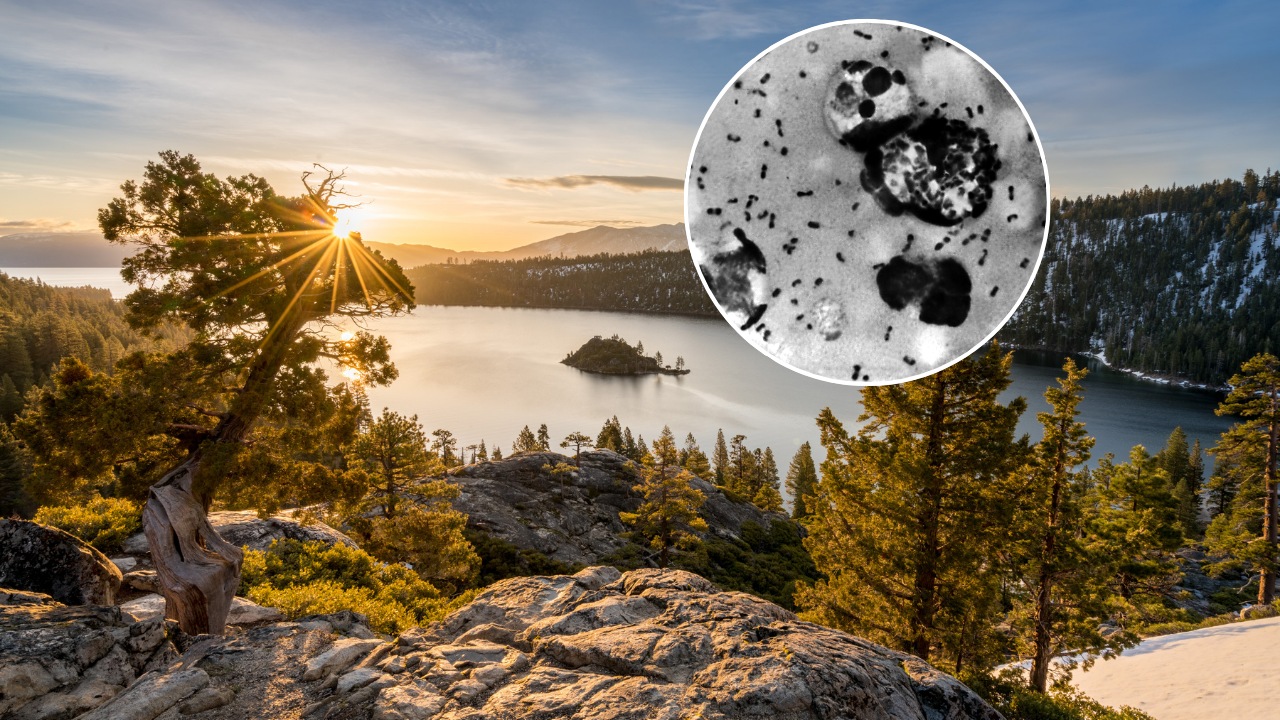California Resident Tests Positive For Plague, Officials Trace Case Back To Lake Tahoe Flea

Credits: Canva
SummaryA California resident tested positive for the plague, traced to a flea near Lake Tahoe, raising public health concerns and prompting officials to investigate possible exposure sources.
End of Article
